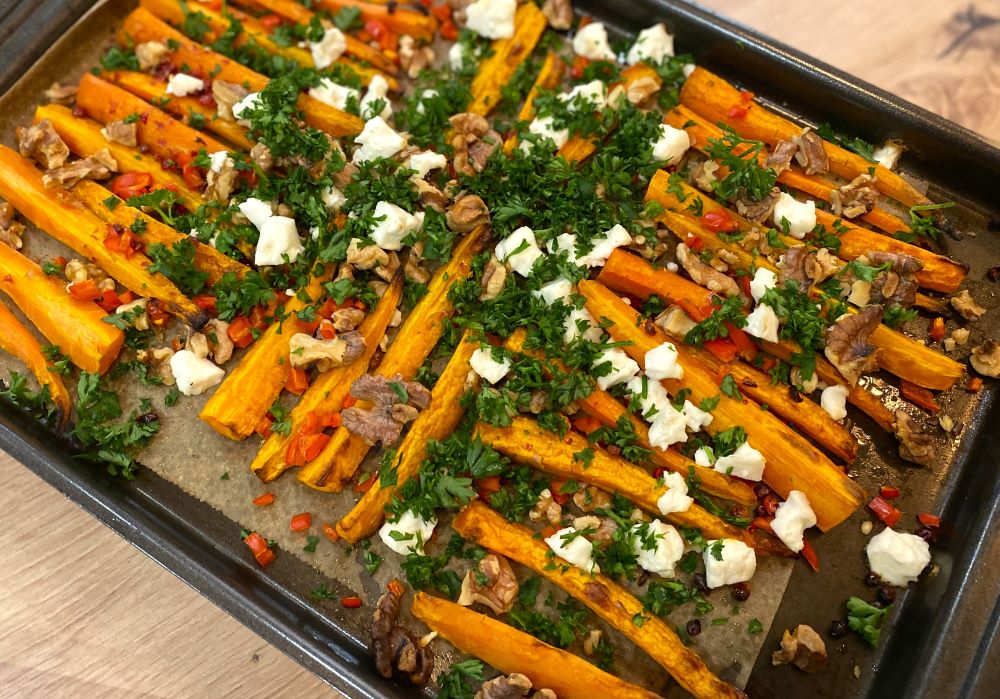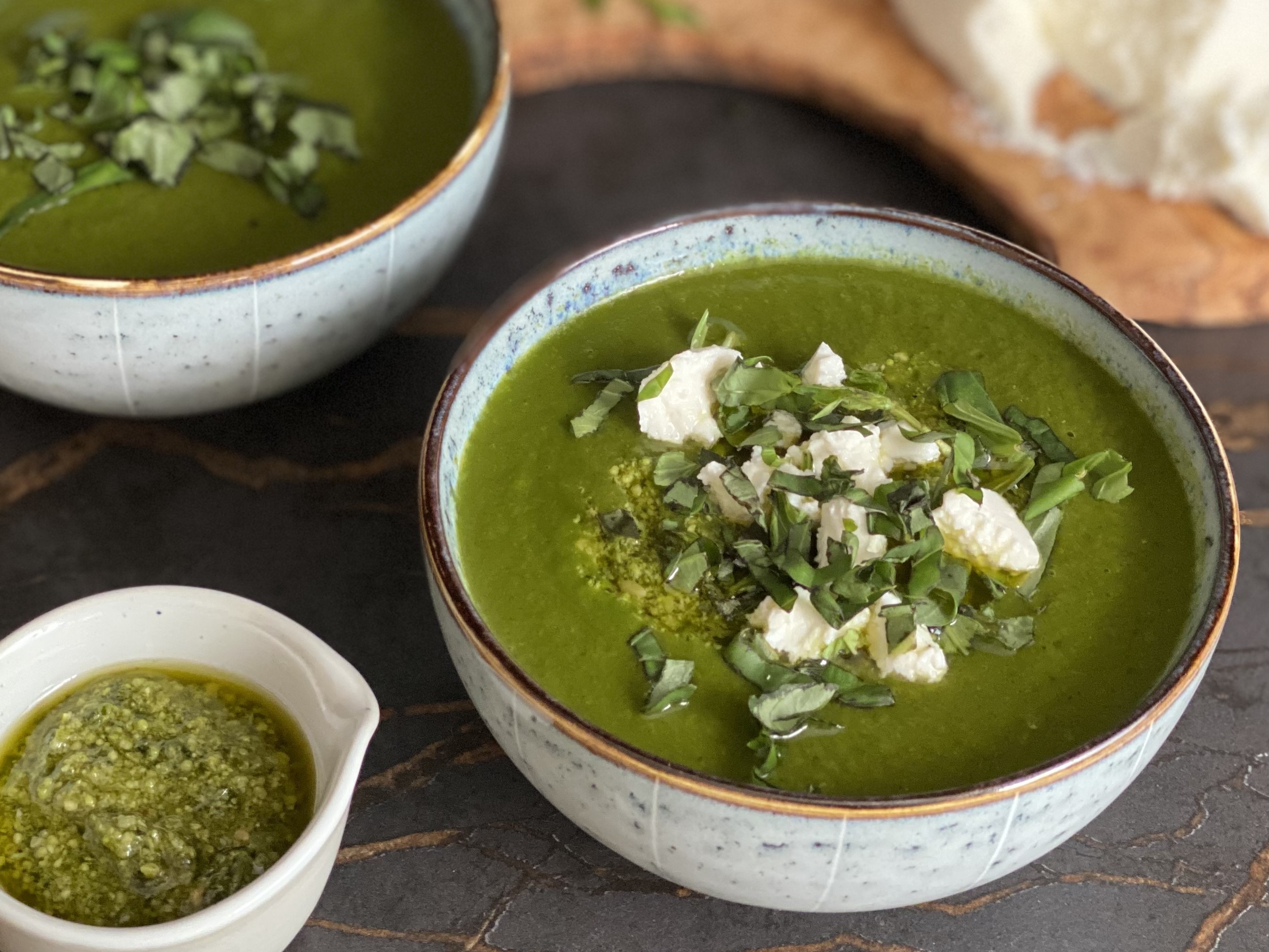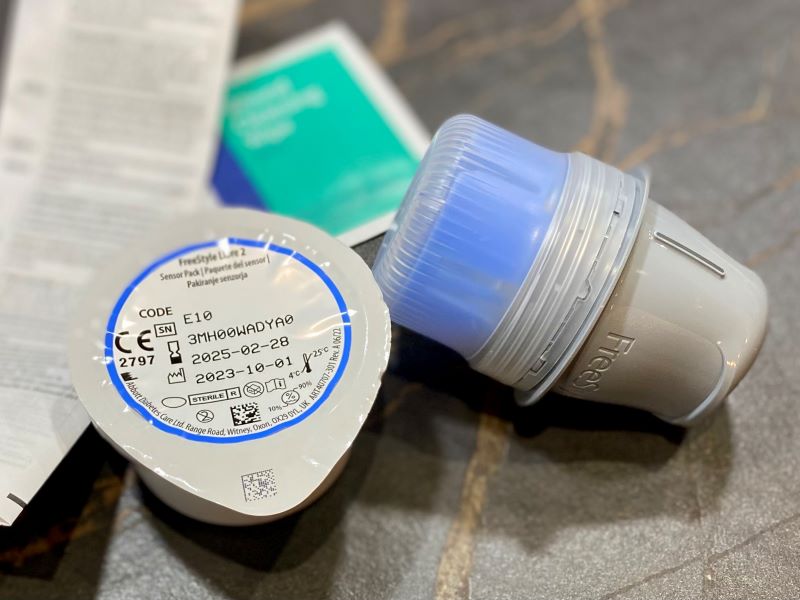Twelve years ago I discovered I’m dairy intolerant. Within 24 hours of giving up cow’s milk, yoghurt and cheese, a range of symptoms I’d been experiencing for years simply vanished. However, people started telling me that without milk I’d become calcium deficient; my bones would start snapping in multiple places and my teeth would fall out of my head!
But I’d replaced cow’s milk with soya milk and the information on the carton gave me confidence that all was hunky-dory as soya milk is enriched with calcium!
And I wasn’t alone; in the last decade switching from cow’s milk to soya milk, in the belief it is healthier, has been a fast growing trend. However, whilst undertaking my degree in Nutritional Therapy I started to understand that soya milk may also pose some health risks and these days I find it difficult to say which is worse!
The mass produced milk found in supermarkets is actually much lower in nutrients than many people think as the pasteurisation process destroys vitamins, minerals and, crucially, lactase (required to digest milk). Furthermore, modern dairy farming methods mean that cow’s udders can become inflamed due to a painful infection called mastitis, which is often treated with antibiotics. Nevertheless, puss from weeping sores can still enter the milk and 200ml glass of pasteurised milk can legally contain more than 150 million puss cells – yuck! Furthermore, whilst antibiotic residue in milk is carefully monitored it is estimated that one tank of milk in a thousand has unacceptably high levels of residue, which reinforces my uneasiness about being exposed to antibiotics through the food chain.
As for soya milk, opinions are divided on whether or not it may contribute to endocrine disruption, but the reason why I now avoid soya is because of how it is produced. Making soya milk involves boiling the beans in a petroleum-based solvent, bleaching and deodorizing them before heating and crushing the beans into flakes; these flakes are then mixed with water to make ‘milk’ – yummy! If that’s not enough to put you off then it is also worth considering the risks of genetically modified food. Genetic modification of soya beans is now commonplace and there is increasing concern that GM foods may contribute to infertility, reduced immune defence, accelerated ageing, impaired liver detoxification and even cancer.
So, if like me you are dairy intolerant, you may be left feeling like you’re “between a rock and hard place” but I now find other ways to get around the problem. For example, earlier this month I was in northern Greece where I could not find any dairy alternatives at all. So, instead, I blended some tahini with water and apple juice to make my Bircher’s muesli – not only was it okay, it was delicious. Thinking back a couple of years ago, whilst on Crete, our waiter asked me to wait a few minutes for my “milk” eventually he returned with some almond milk freshly prepared by the chef!
With very little equipment, it is easy to make your own almond milk. It helps if you have a heavy duty blender, such as a Vitamix. But, quite simply, you just need to throw almonds and water into the blender, switch to high speed and walk away from the noise for a couple minutes! If you want perfectly smooth milk then you can pour the mixture through a fine mesh sieve or cheese cloth. For me, the slightly grainy texture is fine though.
However, if this all sounds a bit too much like EFFORT, then most supermarkets stock unsweetened nut, seed, oat and rice milks. If you do still want real “moo” milk then opt for organic cow’s milk or try sheep or goat’s milk.






